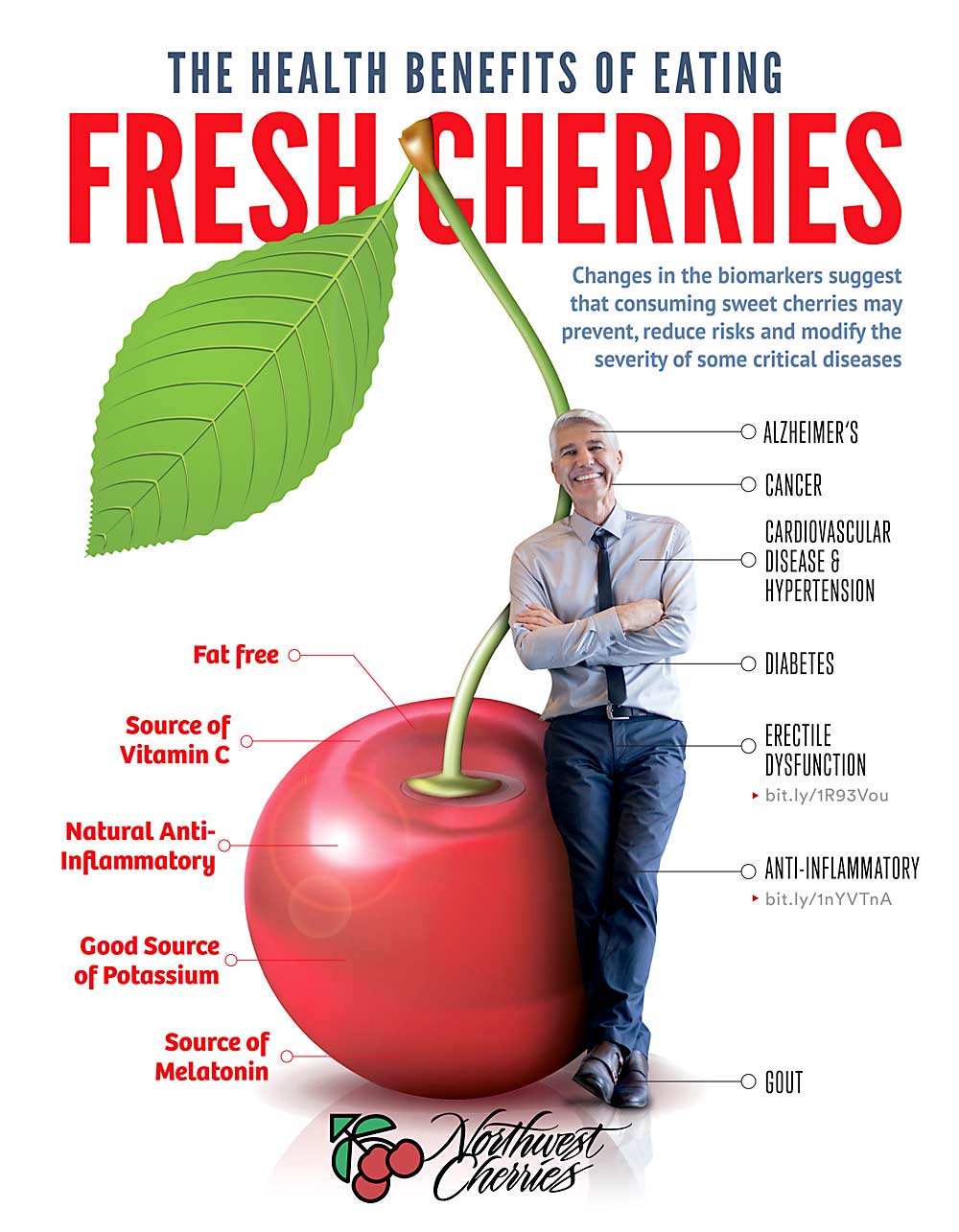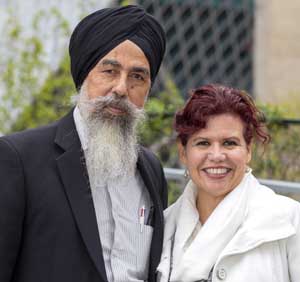It was mid-April when our cherry trees finally started to bloom across the Northwest! The cherry game is never the same from year to year. What remains the same is that all of us in the tree fruit business start each spring with a great deal of hope in our collective hearts.
We hope to set a reasonably sized crop, we hope the weather brings 80-degree days and sunshine, we hope to have labor to harvest our fruit, and we hope that we have the right timing in the market. Across the tree fruit industry, we hope the bizarre tariff situations in China, Mexico and India come to some type of positive resolution — the sooner the better. We hope the processors are willing to pay a fair price per ton for our Bartlett pears, and we hope that Cosmic Crisp is everything we think it will be … and more.
As cherry crops go, this one is going to be late; many of us are assuming the first cherries will be picked after June 10. A significant portion of our volume will come after the 4th of July, which means that we may miss our most promising marketing window for Northwest cherries. Nonetheless, we hope May brings warm weather and pushes our crop forward in time for the July holiday.
In short, this is another unpredictable year in the stone fruit business … albeit somewhat stranger than most of us have seen in recent years.
If you are a tree fruit grower, the anxiety and uncertainty associated with tree fruit production never really dissipates, and the record snow levels we saw in February serve as a humbling reminder of just how much influence Mother Nature has over our work and lives.
At our core, we remain eternal optimists. We have hope, and hope is enough to keep pushing forward through another harvest.
Hope is good. However, hope is not a plan.
Here at the Washington State Fruit Commission, we have a strong plan to help create demand for our stone fruit. We will run promotion programs in 18 countries this summer.
The tariff situation cut our sales to China by 50 percent in 2018, but based on positive consent and feedback from Chinese retailers and importers this month, we plan to implement a fully funded market development plan in China in 2019.
We have our “bread and butter” U.S. market retail trade lined out to promote cherries every week in July and well into August.
The ever-expanding Southeast Asia region is gearing up for the strongest Northwest cherry promotion program we have ever executed.
Lastly, our staple market of Korea is gearing up to promote both red and yellow cherries all summer long.
Last month, we conducted a Pacific Coast Sweet Cherry Health Science Advisory Board meeting in Seattle. We had key researchers and growers in the room where we listened to proposals and determined project viability.
This year, we will partner with the California cherry industry to fund close to $350,000 in health-related research. Again, the continued push to uncover unique and healthy aspects of sweet cherries is a major piece of our annual consumer publicity outreach across the world.
The positive health message plays across all demographics of consumers in almost every country we ship fruit to. I’ve always maintained that a picture is worth a thousand words, and a well-placed health message is worth a thousand boxes of Northwest cherries.

A poster highlighting the many health benefits of sweet cherries. (Courtesy Northwest Cherries)
Over the past 12 months, I have been working with the Chilean sweet cherry industry to pull together a representative group of world cherry industry leaders to begin the discussion of collaborating on the health research front.
In February, during the Fruit Logistica show in Berlin, Germany, I, along with leaders from the ASOEX, which is the Chilean Fruit Exporters Association, brought together cherry industry leaders from the U.S., Chile, Turkey, Greece, the United Kingdom, Argentina, Spain, South Africa, Catalonian Spain, Hungary and Australia. During our meeting, the group was in full consensus that a collective strategy of at least sharing health messages made great sense.
There is an interest from several countries in this group to partner in our efforts to conduct health research. This will be an ongoing effort that will continue to evolve as these key sweet cherry production countries gain familiarity with each other.
In the meantime, the California and Northwest industries have agreed to fund two potentially significant human feeding trials that will take two-plus years to complete.

Darshan Kelley, left, and Giuliana Noratto are leading two separate studies of the health effects of sweet cherry consumption, with funding from the Northwest and California cherry industries. (Courtesy James Michael/Washington State Fruit Commission)
We are currently in the middle of a human feeding trial being conducted at the USDA Western Human Nutrition Research Center. This project focuses on how consumption of our cherries may reduce the risk of metabolic syndrome — and on high blood pressure in particular. This project was designed and proposed by Darshan Kelley, Ph.D., the world leader in sweet cherry-based health research.
Likewise, we have approved another project that will be run by Giuliana Noratto, Ph.D., of Texas A&M University. This human feeding trial will be conducted over two years with the focus on how our cherries affect the gut-brain axis. The theory is that sweet cherries are a good source of bioactive compounds, including dietary fiber, phenolic compounds and other phytochemicals that have shown anti-inflammatory properties in human studies.
Obesity and dysbiosis (microbial imbalance in the gastrointestinal tract) induced by a high-calorie, Western-style diet has been linked to liver disease and cognitive impairment via the gut-brain axis. This is in part due to the translocation of bacterial compounds from the cellular lumen to the systemic system, which leads to inflammation. The hope is to show the relationship between cherry intake and health is partly due to diet-induced changes in gut microbiota and its effects on gastrointestinal health.
All of these initiatives aim to provide the best support to our industry and ensure another successful season for Northwest cherry growers — this year and for many years to come.
—by B.J. Thurlby






Leave A Comment